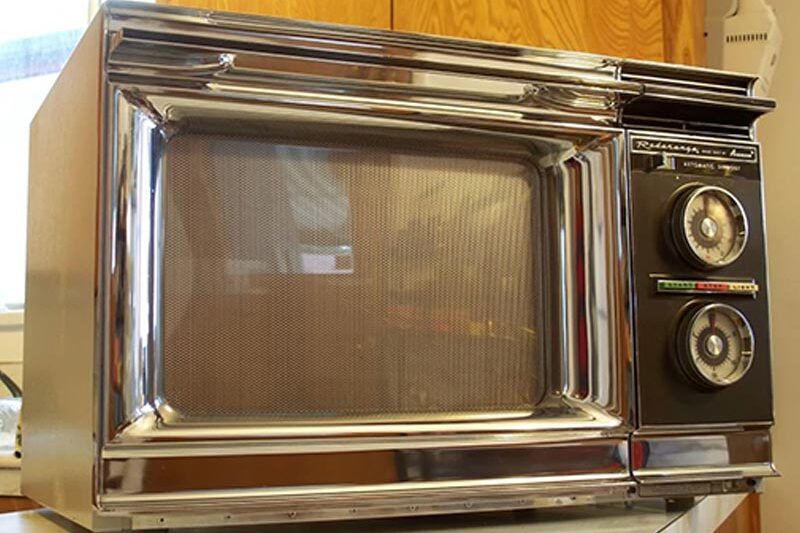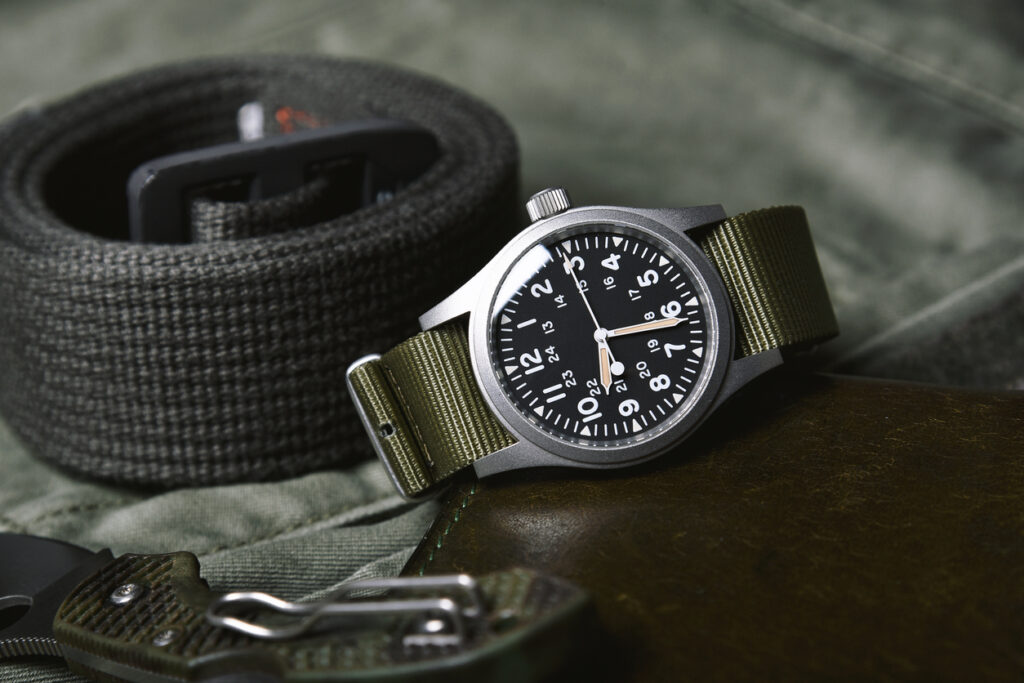1. Global Positioning System (GPS)

The precise navigation technology in your car or smartphone was originally a tool for military superiority. The Global Positioning System was developed by the U.S. Department of Defense starting in the 1970s. Its primary purpose was to provide highly accurate, all-weather navigation for military vehicles, ships, and aircraft, and to improve the targeting of weapons. After a Korean Air Lines flight was shot down after straying into Soviet airspace in 1983, President Ronald Reagan announced that GPS would be made available for civilian use, leading to the widespread navigation, mapping, and tracking applications we rely on today.
2. The Internet

The foundation of what we now call the internet began in 1969 as the Advanced Research Projects Agency Network, or ARPANET. It was a project of the U.S. Department of Defense designed to connect government agencies and universities. The primary goal was to create a decentralized computer network that could withstand an attack and ensure vital communications remained open. This initial framework, linking computers to share information and processing power, is the direct ancestor of the global World Wide Web that now connects billions of people worldwide for work, entertainment, and everyday life.
3. Duct Tape

This indispensable household adhesive was a World War II invention. In 1942, a mother working at a defense contractor suggested to President Franklin D. Roosevelt that a strong, waterproof cloth tape was needed for soldiers to seal ammunition cases, which were prone to moisture and difficult to open quickly. The tape, originally made of a cotton duck cloth backing and rubber-based adhesive, was developed and initially called “duck tape” for its waterproofing and material. After the war, it was repurposed by the housing boom for sealing air conditioning and heating ducts, which led to its modern name and iconic silver color.
4. Microwave Ovens

The ability to quickly heat food with electromagnetic waves is an accidental discovery rooted in radar technology. During World War II, the U.S. government contracted Raytheon to produce combat radar equipment using a device called the cavity magnetron, which generates microwaves. In 1945, Raytheon engineer Percy Spencer was working on an active magnetron when he noticed the chocolate bar in his pocket had melted. Recognizing the potential for cooking, Raytheon filed a patent for the “Radarange,” the first commercial microwave oven. These early models were large and costly, but they eventually shrank in size and price to become a staple of modern kitchens globally.
5. Super Glue

The unbelievably strong bonding power of cyanoacrylate adhesive, known commercially as Super Glue, was first discovered during World War II. In 1942, a team led by Dr. Harry Coover at Eastman Kodak was researching materials for clear plastic gun sights. The material they synthesized, cyanoacrylate, was initially rejected because it was too sticky, bonding instantly to anything it touched. It was only years later, in 1951, that Coover rediscovered the compound’s potential as an adhesive, realizing its powerful non-thermal bonding capability made it ideal for repairs, eventually transitioning from a material used in field medicine to the quick-fix product in our drawers.
6. Canned Food

The process of canning food was invented specifically to feed Napoleon Bonaparte’s army in the late 18th century. Napoleon offered a hefty cash prize to anyone who could devise a reliable method of preserving large quantities of food for his troops during their long campaigns. Nicolas Appert, a French confectioner and brewer, won the prize in 1809 by developing the process of sealing food in glass bottles and sterilizing them by heating. The British adopted the method, transitioning to iron canisters (tins) which were lighter and more durable, a technology that swiftly enabled global logistics and forever changed how we store and purchase pantry staples.
7. Aviator Sunglasses

The iconic, teardrop-shaped sunglasses worn worldwide originated as essential equipment for military pilots in the 1930s. Pilots in early high-altitude flights were experiencing severe glare from the sun, which caused nausea and headaches. Bausch & Lomb developed the first “Anti-Glare” glasses for the U.S. Army Air Corps, featuring dark green lenses to cut through the intense light and the distinctive shape to maximize downward vision. While the military purpose was purely practical, to improve pilot performance and safety, the style became a cultural icon after World War II, transitioning into a popular civilian fashion accessory.
8. Dehydrated Food

The convenience of instant coffee, powdered milk, and quick-cooking meals relies on dehydration technology perfected for military logistics. During World War II, the U.S. military needed to ship lightweight, non-perishable food to troops overseas. This spurred significant investment in developing effective techniques for dehydrating, or removing the moisture from, various foods, which drastically reduced weight and bulk while maximizing shelf life. After the war, this process was commercialized to create the diverse range of dry, shelf-stable foods found in modern grocery stores, from instant soups to boxed mac and cheese powder.
9. Walkie-Talkies

The handheld, two-way radio communication device was a critical development for infantry on the ground. The first truly portable two-way radio, the Motorola SCR-300, was developed for the U.S. Army Signal Corps in 1940. Nicknamed the “walkie-talkie,” it allowed for communication between units in the field, which was a massive improvement over messengers or field telephones. While military models were often bulky backpack units, the concept was refined and miniaturized after the war, leading to smaller commercial versions used by construction crews, security personnel, and eventually consumer toys.
10. Wristwatches

While personal timepieces existed long before, the shift from pocket watches to wristwatches as a widespread male accessory was driven by military necessity. Before the early 20th century, men generally used pocket watches. However, coordinating troop movements in World War I required easily accessible, synchronized time. Pilots, artillery officers, and infantry leaders began strapping watches to their wrists, which allowed them to keep both hands free for their duties. After the war, returning soldiers normalized the wristwatch, and manufacturers began marketing them widely to the public, establishing the wristwatch as a modern standard.
11. Chewing Gum

Believe it or not, the inclusion of chewing gum in military rations played a significant role in its widespread popularity. During World War II, U.S. soldiers were given chewing gum in their combat rations. The military believed it helped soldiers concentrate, relieve stress, and moisten their mouths during periods of extended exertion or when water was scarce. As American soldiers were stationed globally, they introduced chewing gum to locals, creating a massive international demand that exploded after the war, turning it into a commercial product enjoyed around the globe.
12. Sanitary Pads

The development of absorbent sanitary products began during World War I with the need for better surgical dressings. Due to a cotton shortage, the Kimberly-Clark company developed “Cellucotton,” a highly absorbent material made from wood pulp, which was five times more absorbent than cotton and far cheaper to produce. Red Cross nurses, stationed in France, quickly realized they could use this material as disposable sanitary napkins. After the war, Kimberly-Clark adapted the product for the commercial market as Kotex, creating the world’s first commercially successful disposable feminine hygiene product.
13. Aerosol Cans and Bug Spray

The modern aerosol can was initially developed to combat insect-borne diseases like malaria, which plagued troops in the Pacific theater during World War II. The U.S. military sought a portable and effective way to dispense insecticide. Two scientists at the Department of Agriculture developed the “bug bomb,” a small, pressurized container that delivered insecticide as a fine mist. This technology was crucial in protecting soldiers. Post-war, the aerosol concept was adapted for a vast range of civilian products, including hairspray, paint, and, of course, the bug sprays we use today.
14. Cargo Pants

The loose-fitting pants with large, prominent pockets were originally developed for the British Armed Forces in 1938. The early designs featured a single large pocket on the side of the thigh and another on the shin. This design allowed paratroopers and infantry to carry essential equipment, maps, and ammunition without a pack that could interfere with movement. The utility and convenience of having secure, easily accessible storage on the leg eventually transitioned into civilian fashion. Over time, the design evolved into the multi-pocketed cargo pants and shorts popular for workwear and outdoor activities.
It is truly fascinating to see how the intense pressure and focused funding of military innovation can often lead to unexpected breakthroughs that ultimately enrich our daily lives. From keeping our food fresh to helping us connect instantly around the world, the legacy of these inventions is woven into the very fabric of the modern home.


